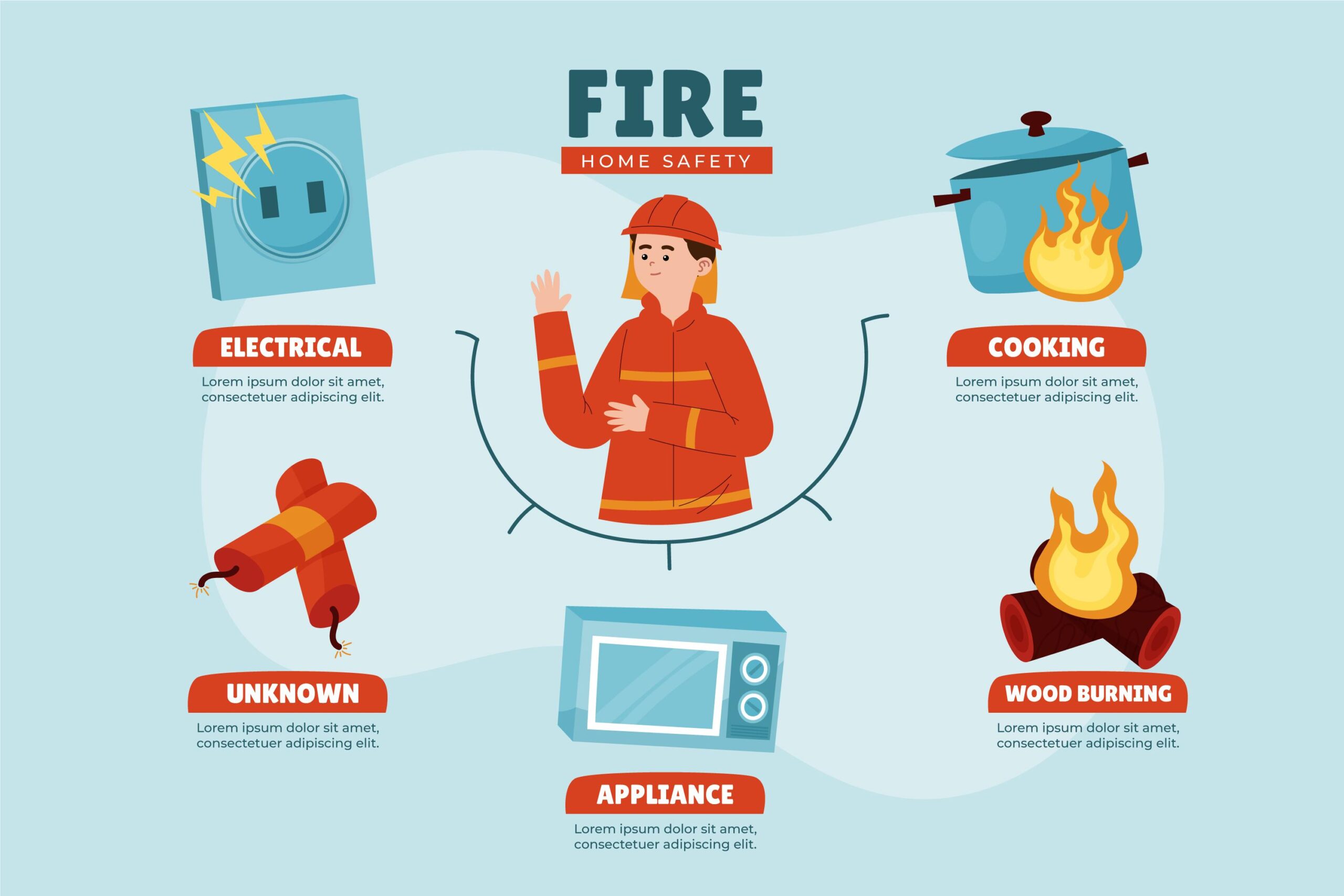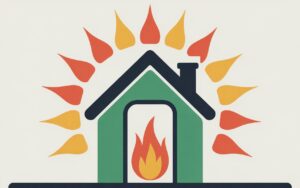Fire safety is an essential aspect of safeguarding both lives and property, whether in the workplace or at home. A proper fire safety risk assessment not only reduces the risk of fire but also ensures that appropriate measures are in place to handle emergencies effectively. In this article, we’ll cover the essential steps for conducting a thorough fire safety risk assessment, with a focus on fire safety risk assessment Smethwick, a location where fire safety is especially vital due to its industrial and residential mix.
What Is a Fire Risk Assessment?
A fire risk assessment is a systematic process of evaluating the risks posed by fire in a particular environment. It involves identifying potential hazards, assessing the likelihood of a fire occurring, and taking necessary actions to minimize or eliminate those risks.
Why Is a Fire Safety Risk Assessment Important?
Whether in residential areas like Smethwick or in industrial zones, fire risk assessments play a key role in preventing fires and ensuring compliance with local regulations. They provide clear guidelines on what should be done to protect individuals and property from fire-related incidents.
Steps for a Fire Safety Risk Assessment
Here are the essential steps involved in conducting a comprehensive fire safety risk assessment:
1. Identify Fire Hazards
The first step is identifying the potential fire hazards. Common hazards include:
- Flammable materials (e.g., paper, chemicals, or fuel)
- Sources of ignition (e.g., faulty wiring, open flames)
- Areas with poor ventilation or excessive heat
For instance, in Smethwick, industrial establishments might store hazardous chemicals, which require extra precautions.
2. Identify People at Risk
Next, assess who might be at risk in the event of a fire. This includes:
- Employees
- Customers or visitors
- Vulnerable individuals (e.g., children, elderly, or disabled individuals)
In areas like Smethwick, where there is a mix of residential and commercial spaces, different groups may require specific fire safety measures.
3. Evaluate, Remove, or Reduce the Risks
Once you have identified the hazards and people at risk, it’s important to evaluate the likelihood of a fire occurring. This step involves:
- Installing fire safety equipment (e.g., extinguishers, alarms)
- Conducting regular maintenance on electrical systems
- Training employees on fire safety procedures
In fire risk assessment practices, eliminating or minimizing these risks should always be a priority.
4. Implement Fire Safety Measures
Based on your evaluation, implement measures to ensure safety, such as:
- Installing smoke detectors and fire alarms
- Creating a fire escape plan and ensuring exits are clearly marked
- Regular fire drills to prepare occupants
In densely populated areas like Smethwick, proper signage and accessible escape routes are critical.
5. Review and Update the Assessment Regularly
Fire risk assessments are not one-time tasks. Regular reviews and updates ensure that any new hazards are identified and addressed. Changes in the environment, like the addition of new equipment or changes in building structure, should prompt a new assessment.
The Importance of Local Fire Safety Awareness
For businesses and residents in Smethwick, conducting regular fire safety risk assessments is essential. Smethwick’s industrial history and growing population require heightened awareness and preparedness for fire risks. Compliance with fire safety regulations and local laws ensures that both individuals and businesses are well-protected.
Conclusion
A proper fire safety risk assessment helps in identifying potential hazards, protecting lives, and minimizing property damage. Whether in Smethwick or elsewhere, implementing the essential steps of a fire risk assessment is crucial in ensuring safety. Make fire safety a priority by conducting assessments regularly, implementing preventive measures, and staying prepared for any emergency.
By focusing on prevention and proactive measures, you can protect both people and assets from the devastating effects of fire.









